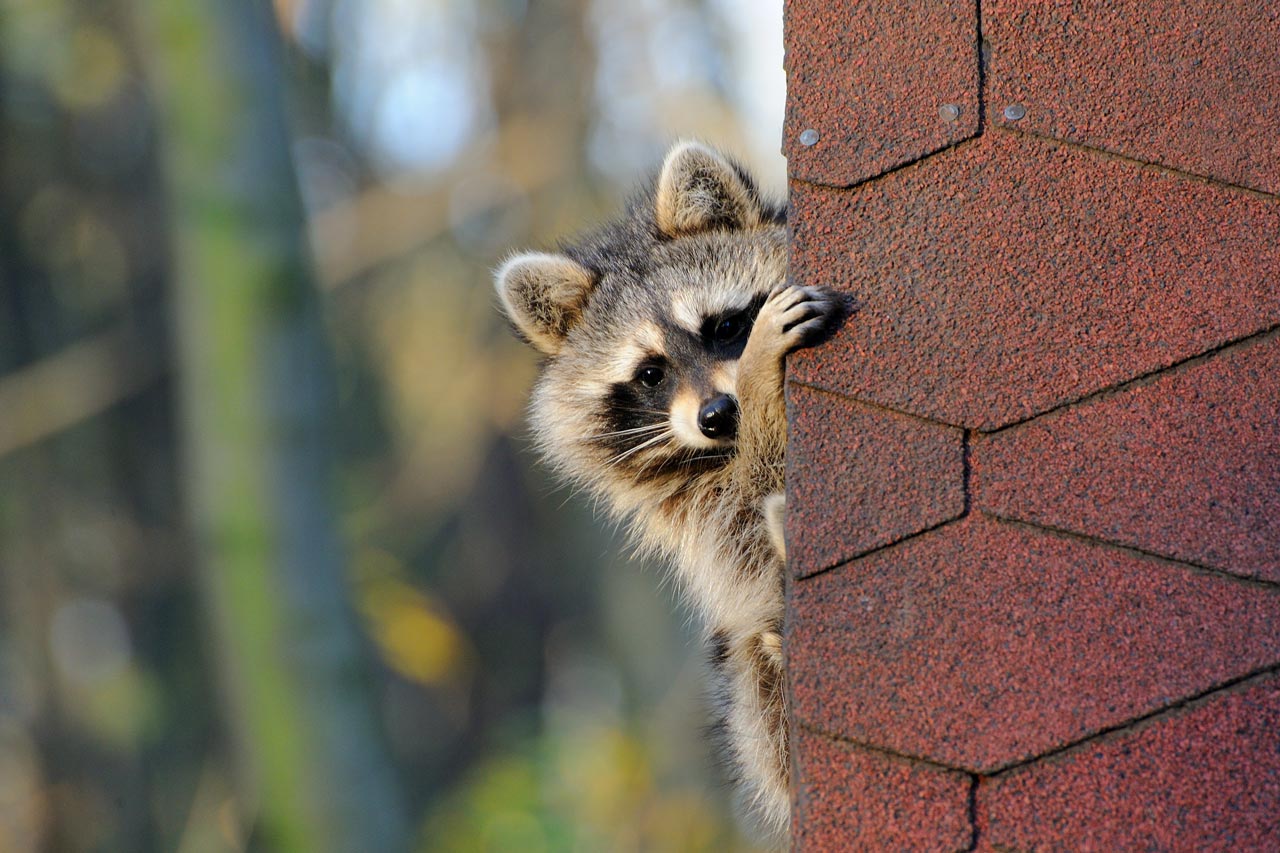How Much Does Raccoon Removal Cost in 2025?
The average cost of professional raccoon removal is $400


The average cost to remove raccoons is $400.
Overall project costs range from a minimum of $150 to a maximum of $1,900.
Severity of infestation, raccoon location, and removal method drive costs.
Hiring a professional helps prevent disease spread and property damage.
This article was updated using automation technology and thoroughly reviewed for accuracy by HomeAdvisor Editor Ryan Noonan.
When trash cans tip over or you hear scratching overhead, it’s time to call a pro. Raccoon removal runs an average of $400 nationwide, with most homeowners spending $300 to $450 and occasional bills as low as $150 or as high as $1,900, depending on the job’s complexity.
Act fast—raccoons breed quickly, and the longer you wait, the more you’ll spend on repairs and cleanup. Build removal into your budget and line up a wildlife pro early so you keep both your wallet and your family safe.
Raccoon Removal Cost Factors
Several factors influence raccoon removal costs, including the removal method, infestation size, raccoon location, and any necessary cleanup or repairs.
Inspection Costs
An inspection by a raccoon removal expert costs $80 to $150. Many wildlife professionals waive the fee if you hire them for removal. During the inspection, they assess the infestation size, check for nests, and identify any necessary repairs.
Removal Method
Most states require humane methods of raccoon removal, and methods such as poisoning are illegal due to health risks and inhumane treatment. The most common and humane removal methods are:
Trap and release: Costs between $150 and $300 per raccoon.
Manual removal: Costs range from $150 to $250 for a single raccoon and $300 to $750 when a nest is involved.
Raccoon Location
Location plays a key role in raccoon removal costs. While removing a raccoon from your yard is straightforward, raccoons inside your home require more complex procedures, increasing costs. Raccoons in attics or chimneys can also cause significant damage and pose health risks, making professional removal essential.
| Location | Cost to Remove |
|---|---|
| Yard | $150–$300 |
| Attic | $550–$975 |
| Roof | $325–$700 |
| Chimney | $400–$3,500 |
Dead Raccoon Removal
Plan on spending between $150 and $350 to have a professional safely bag, remove, and dispose of a dead raccoon. Leaving the carcass unattended can quickly attract insects, produce strong odors, and pose serious health risks due to bacteria, parasites, and airborne pathogens.
It’s important not to handle the animal yourself—improper removal can expose you to disease or violate local wildlife disposal regulations. Instead, let a trained specialist manage the process using protective gear and proper sanitation methods. Schedule pickup as soon as possible to ensure your home stays clean, safe, and disease-free.
Cleaning and Sanitizing
Budget $250 to $500 for post-removal cleaning and disinfection. Because raccoons leave behind droppings teeming with bacteria, let your local raccoon removal specialist scrub and sanitize every surface so you’re not left dealing with lingering health hazards.
Damage Repair
The cost of repairs from raccoon activity varies by extent and type of damage. Drywall patches start at $300, and swapping out chewed-up attic insulation runs $1 to $7 per square foot. By addressing these repairs promptly, you’ll prevent further damage and higher costs.
Prevention
After eviction, block future break-ins with physical barriers. Animal-proof vents run $300 to $450 apiece, and one-way metal-mesh exclusion costs $10 to $25 per linear foot. Upfront prevention is cheaper than paying for a second round of removal.
Budgeting for Raccoon Removal
To save money on raccoon removal, consider the following budget-saving tips:
Act quickly: Prevent further damage and higher costs by addressing the problem before it gets out of hand.
Compare quotes: Get estimates from multiple raccoon removal pros near you to find the best price.
Check insurance: See if your homeowner’s insurance covers raccoon damage or removal.
Prevent reinfestation: Seal entry points after removal to avoid future raccoon infestations.
How HomeAdvisor Gets Its Cost Data
No place is more important than your home, which is why HomeAdvisor connects homeowners with local pros to transform their houses into homes they love. To help homeowners prepare for their next project, HomeAdvisor provides readers with accurate cost data and follows strict editorial guidelines. After a project is complete, we survey real customers about the costs to develop the pricing data you see, so you can make the best decisions for you and your home. We pair this data with research from reputable sources, including the U.S. Bureau of Labor Statistics, academic journals, market studies, and interviews with industry experts—all to ensure our prices reflect real-world projects.






